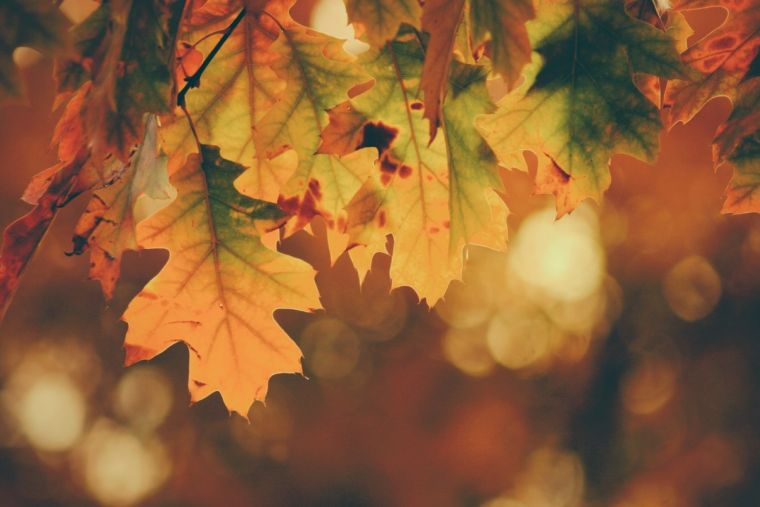New beginnings are always possible, even in this time of upheaval

Straight after Yom Kippur, in normal times the Jewish community starts building their Succah, in preparation for the joyful festival of Succot. The specifications of the hut, in which we live for a week, are precise, and then we decorate the hut with pictures, hang up fruit to welcome in autumn, and invite guests for every day of the festival. In Aramaic these guests are known as 'Ushpizin' and are supposed to represent Abraham, Isaac, Jacob, Moses, Aaron, Joseph and David, who are also present in the Succah throughout the week.
Succot is one of those festivals, like Tu BShvat, Purim, Pesach, and Chanukah, which involve the children every step of the way, but what lies behind it?
When I was young, Succot was immortalized by a song composed around the verses of the book of Kohelet (ingathering), reputedly written in old age by King Solomon, and which was named: 'Turn, turn turn'.
You can watch Judy Collins singing the song on YouTube, taken from Kohelet (Ecclesiastes) Chapter 3:1-8: "Everything has its season and there is a time for everything under the heavens."
Never has there seemed a time or season more apt than the one we are all currently experiencing, with its balance of futility and hope, death and life. As summer morphs into autumn (very aptly named 'fall' in the US), with its beautiful russet leaves and progress towards winter, we can be glad for the seasons.
But, actually the Succot period is supposed to be the happiest festival of the lot! Apart from Kohelet, what are the synagogue readings for Succot? Here is everything in a nutshell:
The reading from the Prophets is Zechariah 14: 1-21. The prophet tells of the imminent approach of the "Day of the Lord" after which "living waters shall go out from Jerusalem". These "living waters" are interpreted as words of Torah, the teachings of the Bible and all their interpretations, and then "the Lord shall be King over all the earth; in that day shall the Lord be One, and His name one". In the prophetic Messianic vision, G-d will eventually be recognized as unique by the entire world, who will all flock to Jerusalem in order to celebrate.
Succot and the festivals of Shemeni Atzeret and Simchat Torah (Joy of the Torah), which take place one week later, pack in a great deal, including the Prayer for Rain and the Prayer for the Dead, known as Yizkor.
We dwell in huts for 7 days (8 in diaspora) to remind us not only of autumn, but of the time during our journey in the Wilderness when G-d accompanied us "in clouds of glory".
Succot takes place exactly six months after Pesach. Pesach heralds the beginning of spring, when King Solomon is reputed to have written The Song of Songs, and autumnal Succot also heralds a new beginning, which is reflected in the name of the month in which it falls, the month of Tishri. Tishri is an anagram of the word 'Reshit' (the only letter missing being the silent 'aleph').
Reshit signifies the beginning of the creation of the world - the Hebrew word for Genesis (Bereshit – 'by means of a beginning') - as well as the first fruits. So, in our topsy turvy world, where the unexpected happens more often than not, Succot tells us that new beginnings are always possible, even after the end of the summer. In our culture we recognize this by choosing this time as the start of the academic year.
Shemeni Atzeret and Simchat Torah one week later usher in the end of the Torah reading cycle, when the last book of the Torah, Devarim, morphs into Bereshit once again, and the start of the new cycle: "By means of a beginning G-d created the heavens and the earth."
There is a booklet produced specially for this season under Covid conditions and here are some typical Succahs.
Enjoy!
Dr Irene Lancaster is a Jewish academic, author and translator who has established university courses on Jewish history, Jewish studies and the Hebrew Bible. She trained as a teacher in modern Languages and Religious Education.











